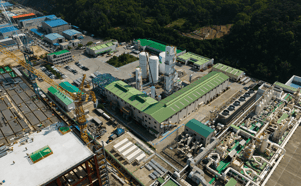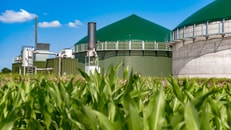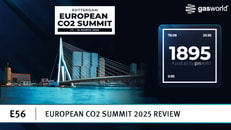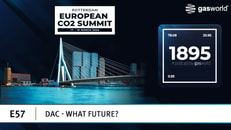Daikin outlines vision for HFC phase-down amid Europe’s new F-gas regulation
Daikin Europe (Daikin) unveiled its strategic approach to implementing Europe’s revised F-gas regulation (EU 2024/573) at the international trade fair Chillventa 2024.
The legislation, which came into effect in March 2024, accelerates the reduction of hydrofluorocarbon (HFC) consumption, aiming to promote lower Global Warming Potential (GWP) refrigerants, reduce refrigerant charge and bolster the use of reclaimed refrigerants.
This move comes as the heating, ventilation, air conditioning and refrigeration (HVAC-R) sector faces mounting pressure to contribute to Europe’s decarbonisation efforts.
... to continue reading you must be subscribed
























